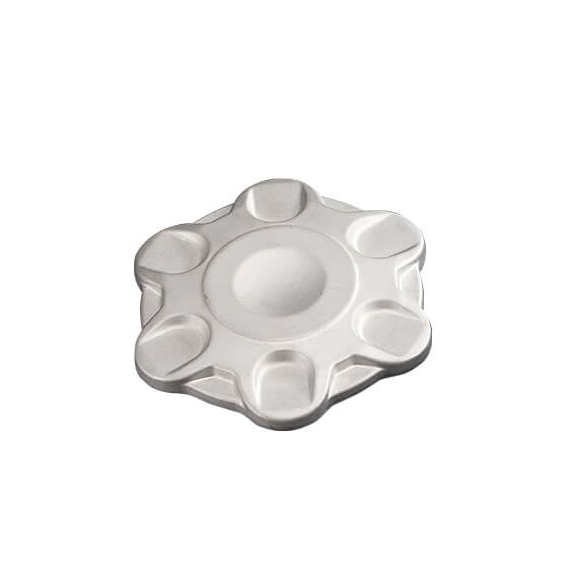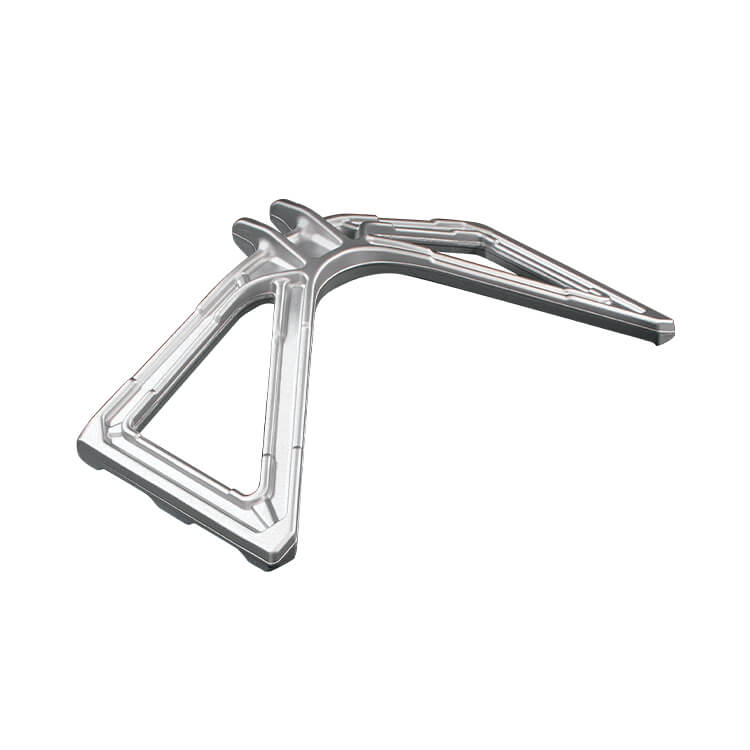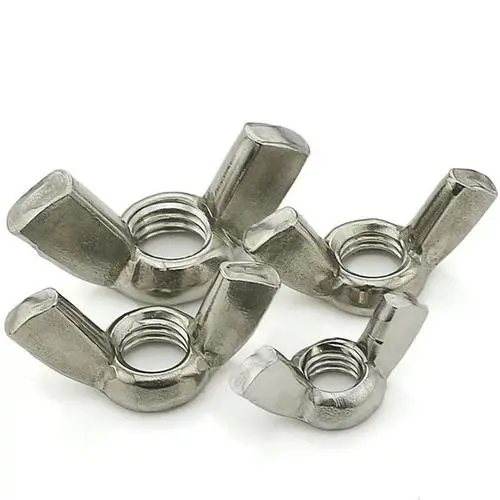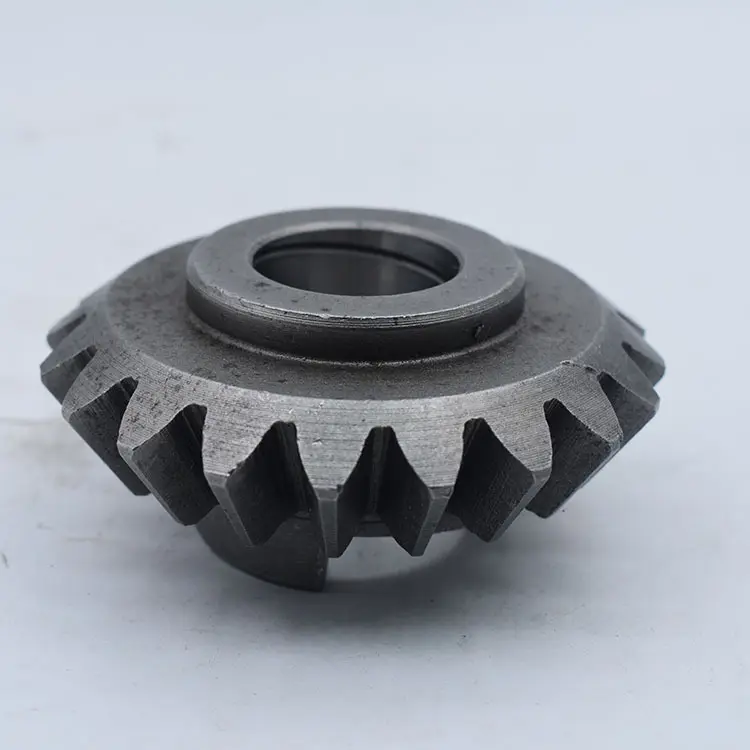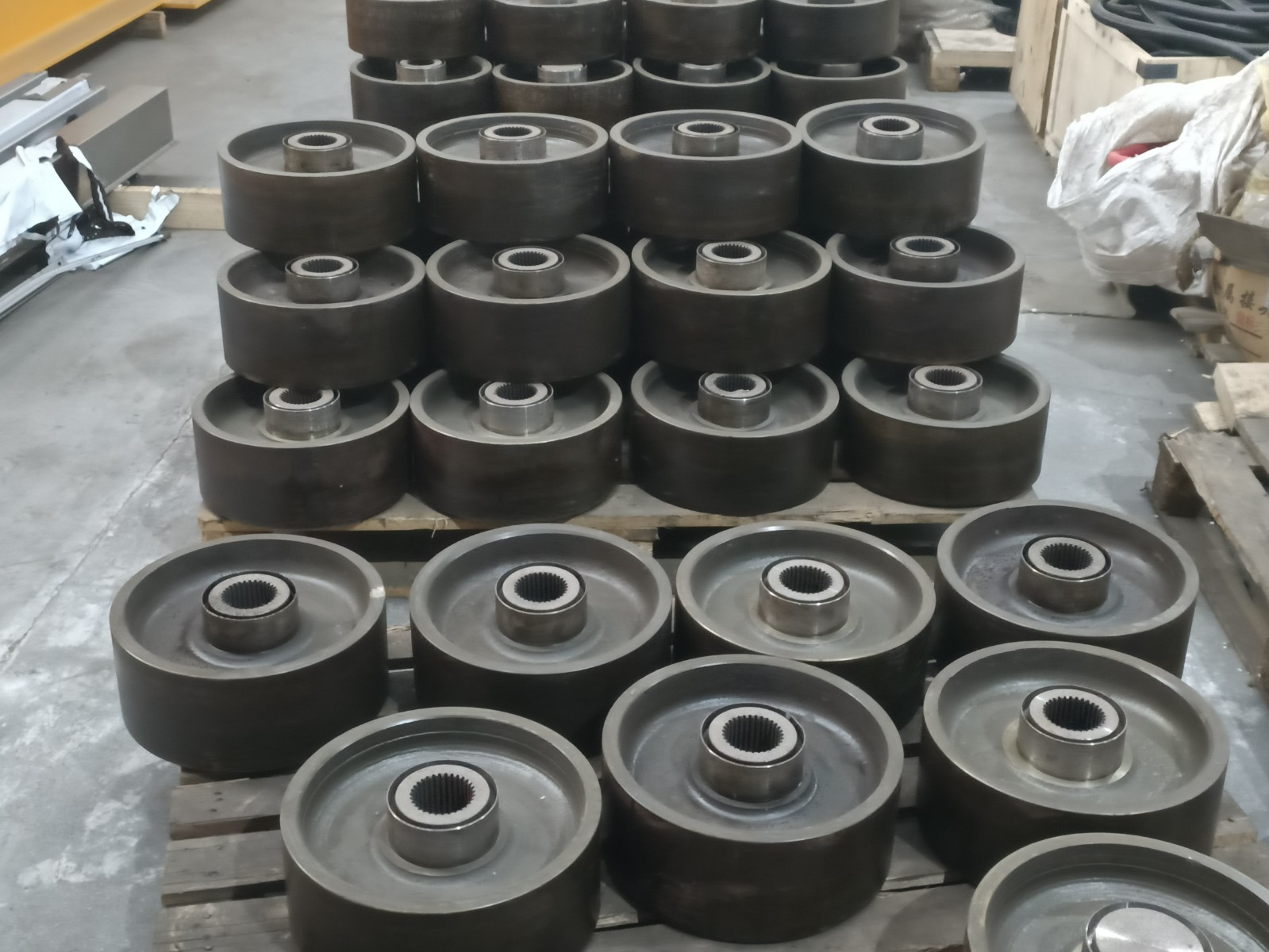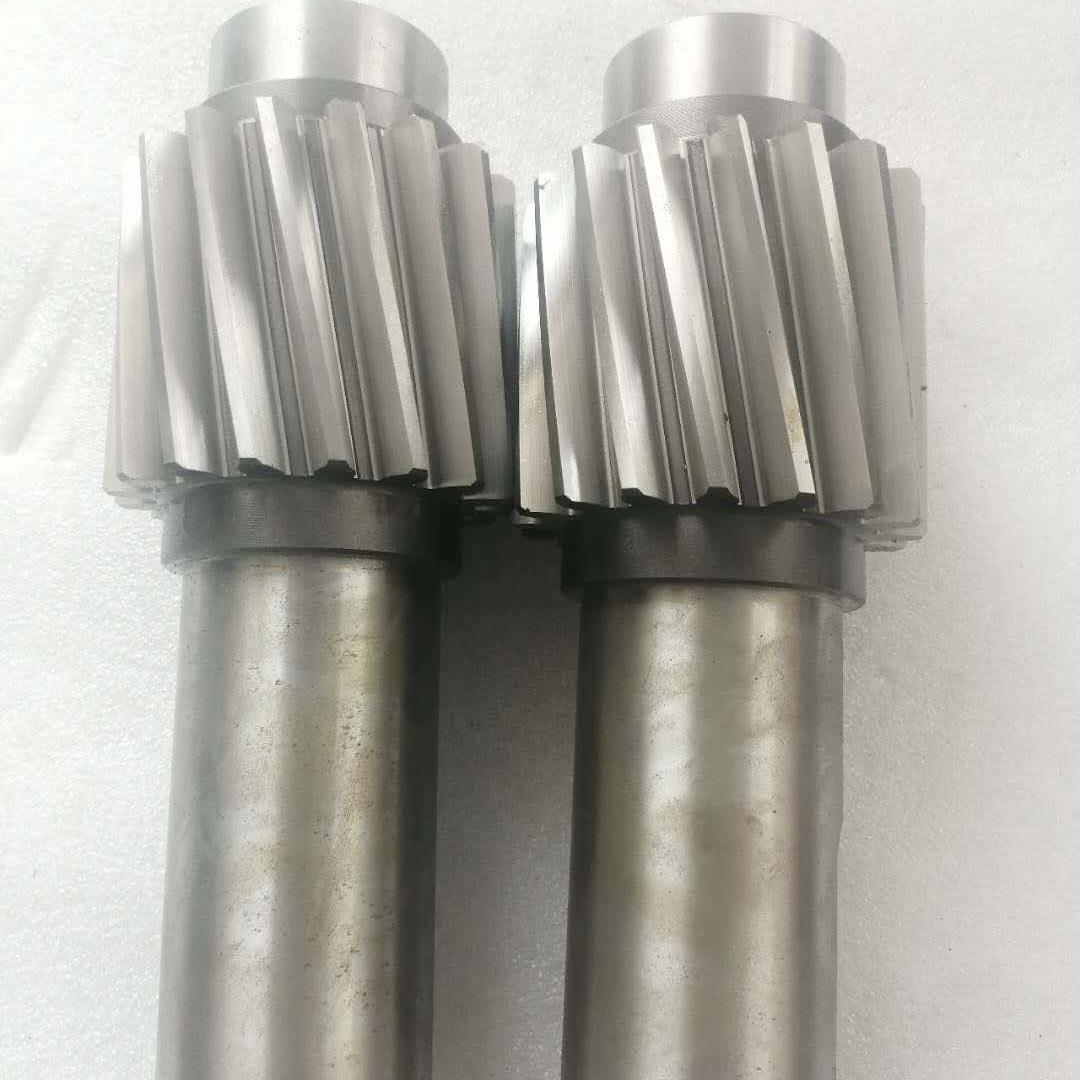Brake Caliper Bracket Forgings
Brake caliper bracket forging is an important part of the automobile braking system, used to fix the brake caliper and brake disc, and play the role of support and positioning. A brake caliper is a caliper device that has the functions of slowing down, stopping or keeping a moving wheel, and is usually used in a disc brake system. Disc brakes consist of a brake oil pump, a brake disc attached to the wheel, and brake calipers on the disc. When braking, high-pressure brake fluid pushes the piston in the caliper to press the brake shoe against the brake disc, thereby producing a braking effect. Bracket forgings are usually forged from high-strength alloy steel materials, which have good rigidity and durability.

Main feature
● Brake caliper bracket forgings need to bear the load of braking force and vehicle weight, so the material needs to have high strength to ensure its stability and safety during braking.
● The bracket forging needs to have good rigidity to maintain accurate alignment between the brake caliper and the brake disc to prevent brake failure and uneven braking.
● Since the brake caliper bracket forging is in frequent contact with the brake disc, it needs to be able to withstand friction and wear, so the bracket forging needs to have good wear resistance to prolong its service life.
● The brake system is often exposed to humid and harsh environments, and there are corrosive substances. The bracket forgings need to have good corrosion resistance to prevent corrosion from damaging it.
Forging process
● Material preparation: Select suitable high-strength alloy steel materials as raw materials to ensure that the materials have good mechanical properties and wear resistance.
● Heating: The material is heated to an appropriate forging temperature, usually above the recrystallization temperature of the material. The purpose of heating is to soften the material so that it can be forged and shaped.
● Forging molding: Apply pressure to the heated material, and carry out plastic deformation of the shape through the forging die. Generally, hydraulic forging machines or hammer forging machines are used for forging to ensure that the forgings have the desired shape and size.
● Finishing: Forgings after forging may have some uneven or irregular surfaces, which require finishing. Common finishing methods include milling, turning, drilling, etc. to achieve the desired size and surface quality.
● Heat treatment: Forged brake caliper bracket forgings need to be heat treated to improve their hardness and strength and eliminate internal stress. Common heat treatment methods include quenching, tempering, etc.
● Surface treatment: Finally, surface treatment is carried out on the forgings, such as painting, anti-rust treatment, etc., to improve its corrosion resistance and appearance quality.






